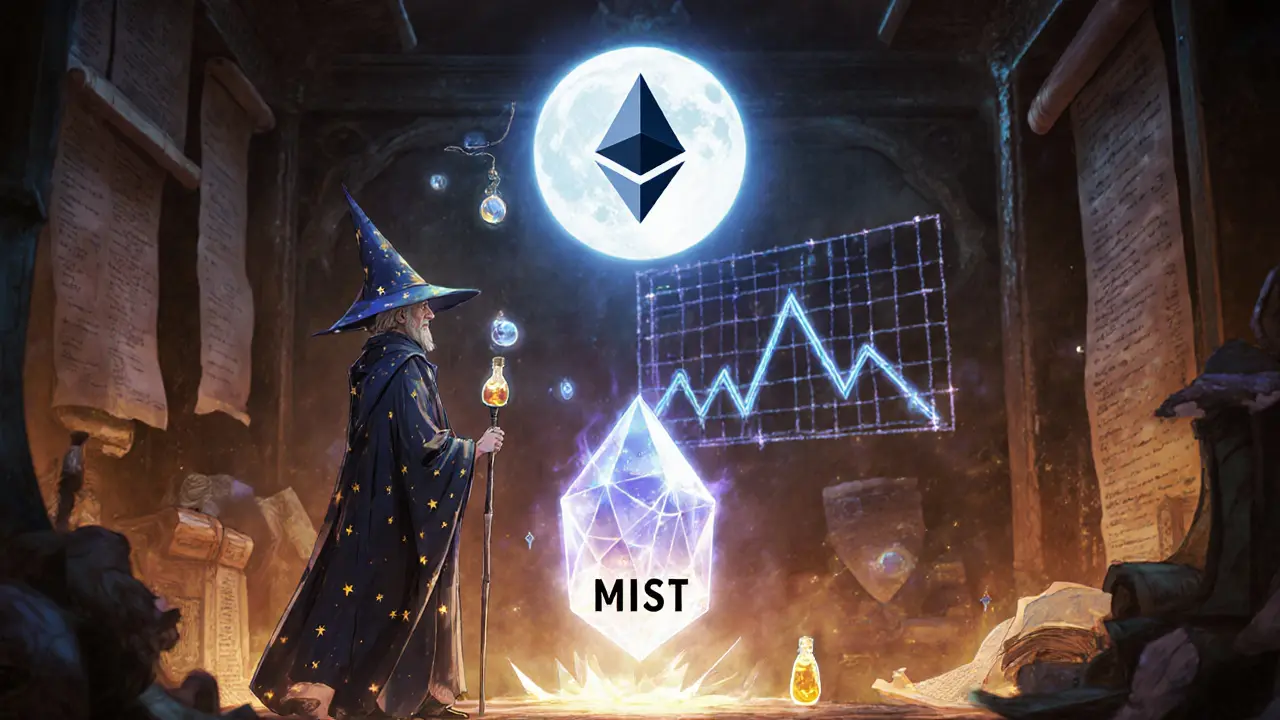ERC-20 Token: Everything You Need to Know
When working with ERC-20 token, a fungible token standard on the Ethereum blockchain that defines how tokens can be transferred and how data about them is accessed. Also known as ERC20, it lets developers create coins that behave like money, can be exchanged on DEXs, and interact with smart contracts without writing custom code for each new token.
Because the Ethereum, the world’s leading smart‑contract platform hosts the ERC-20 standard, every ERC-20 token is essentially a smart contract, a self‑executing program that runs exactly as programmed without downtime or censorship. This connection means that owning an ERC-20 token automatically gives you access to the vast ecosystem of DeFi, decentralized finance services like lending, borrowing, and yield farming that rely on these contracts. When a new project launches a token airdrop, it usually follows the ERC-20 rules so that wallets can recognize and display the free coins without extra steps. In short, ERC-20 tokens enable seamless token swaps, power DeFi protocols, and make airdrops easy to claim—all because they follow a common set of functions defined by the Ethereum community.
What You’ll Find Below
Our collection of articles dives deep into real‑world examples of ERC-20 tokens in action. From detailed guides on how Iranian traders use VPNs to avoid exchange bans, to explanations of specific tokens like Frankencoin (ZCHF) and Sahara AI (SAHARA), you’ll see how the standard shapes everything from stablecoins to gaming NFTs. You’ll also get practical tips on navigating exchange restrictions, filing DeFi taxes, and spotting lucrative airdrops. Scroll down to explore each post and boost your understanding of how ERC-20 tokens drive today’s crypto landscape.
- February 14, 2025
- Comments 19
- Cryptocurrency

